2025 Medical Alert System Guide: Read This Before You Buy
One of the best ways to keep your loved ones safe at home, medical alert systems provide immediate contact with emergency personnel.

One of the best ways to keep your loved ones safe at home, medical alert systems provide immediate contact with emergency personnel.

Medical alert systems have seen rapid technological growth. With over a decade in fire service and emergency medical services, I’ve witnessed significant changes in these systems. While technology advances offer numerous benefits, understanding the system remains crucial for maximizing its advantages over potential drawbacks.
A medical alert system is a protective device that sends a signal to emergency personnel when attention is required. Medical alert systems, also known as personal emergency response systems (PERS), are most commonly worn by older or disabled individuals who may need to summon help following a fall or other life-threatening occurrence.
This guide will tell you all you need to know about medical alert systems, including the types of devices, how they work, and how much they cost.
In their most basic form, medical alert systems provide a direct line of communication between a user and monitoring-center personnel. Monitoring-center agents can then contact appropriate help, such as neighbors, loved ones, and emergency responders. These lifesaving devices come in many shapes and sizes, but they all share a few standard features.
The value of medical alert systems lies in their simplicity. More than half of older adults own smartphones which could be used to accomplish a similar function but medical alert systems provide a more streamlined and efficient way to obtain help. Typing out a phone number can be difficult during a health emergency, especially for people with manual dexterity issues. Medical alert systems, however, require only one press of a button.
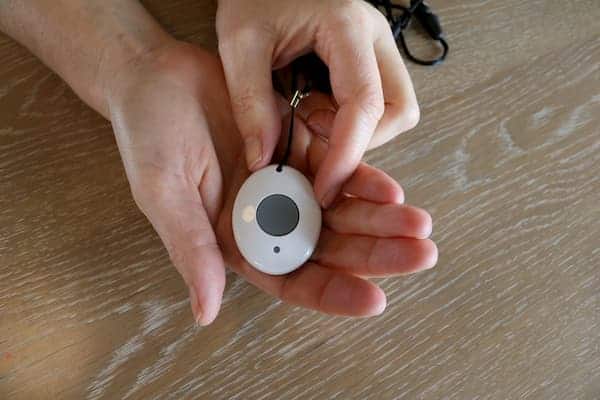
Despite a plethora of medical alert systems and manufacturers, we can break down medical alert systems into a few main categories.
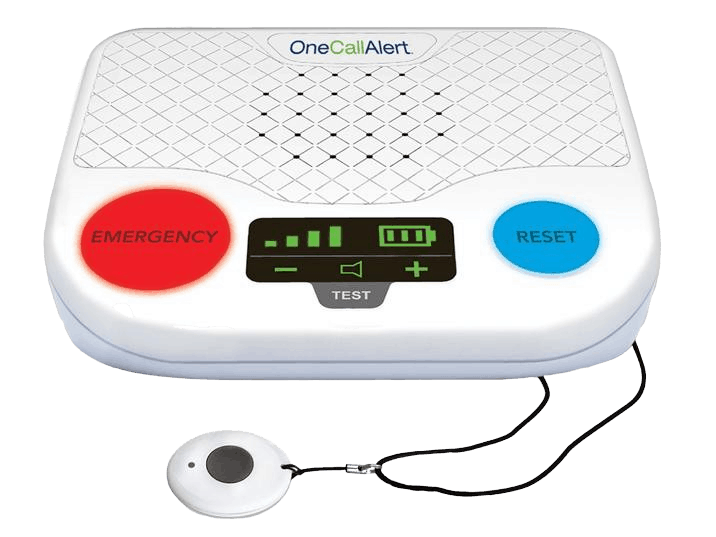
At Tapsenior.com, our team of experts and caregivers has tested just about every medical alert device on the market. Through these tests, we’ve found that the following three brands consistently perform the best, offering users quick access to help at reasonable monthly prices.
No two medical alert systems work exactly the same, so it’s important to choose a system that has the additional features you need. Here are some to look out for:
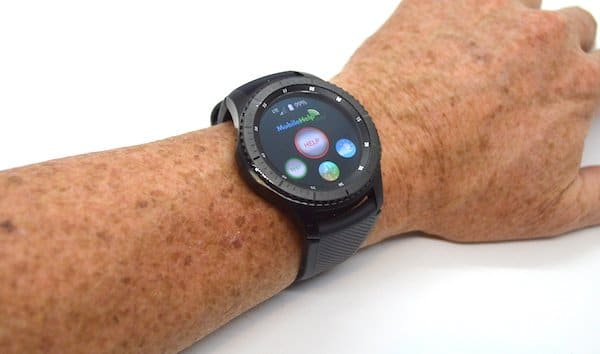
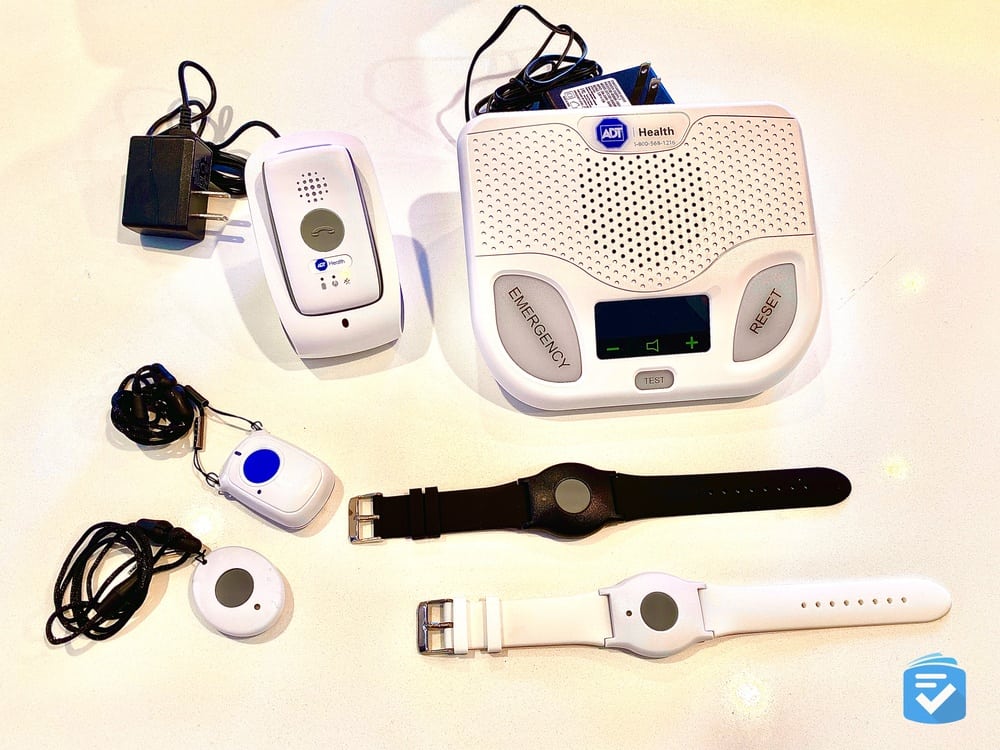
At Tap Senior, our team performs thorough tests of each system, ensuring the quality of devices, their performance, and the overall customer service experience. If you have a particular company in mind, then I’d recommend looking at our detailed reviews.
Most medical alert systems can be purchased either over the phone or through a company’s website. Before purchasing a system, it’s important to know what goes into the price you’re charged.
Medicare won’t cover your medical alert system, but there are other ways, such as insurance and Medicaid, to offset some of the costs.
In most cases, medical alert companies will not require you to purchase their equipment. They’ll instead charge you a monthly rate that includes the cost of both leasing the system and professional monitoring. When you lease equipment, you typically won’t have to worry about breakage or repairs since the company will simply send you new equipment if yours malfunctions or gets damaged.
Some companies, however, either require or allow you to purchase your system up front. That will bring down your monthly costs, but it also means a provider will repair or replace your equipment only for the duration of its warranty. Smartwatch and Bluetooth medical alert systems usually must be purchased.
All medical alert systems require a monthly charge for professional monitoring. If you lease your equipment, both the equipment costs and monitoring charges will be lumped into one payment. Monitoring costs range anywhere from $19.95 to $60 per month, but discounts are often available for annual as opposed to monthly payments.
Some medical alert companies offer different tiers of monitoring. Lively Mobile Plus, for example, has three price levels. The cheapest option includes access only to the company’s monitoring center, while the most expensive plan adds fall detection, a nurse hotline, and a caregiver portal.
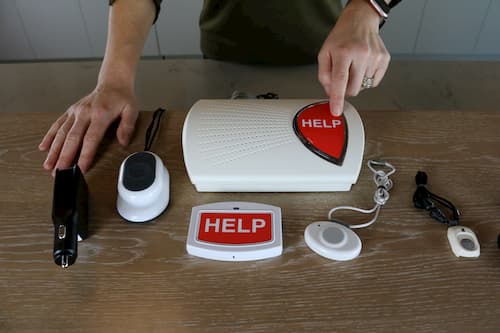
Some companies are transparent about their products’ costs, but that’s not always the case. To save you time, we’ve compiled detailed pricing and device information on all the best medical alert providers.
Finding the right medical alert system doesn’t have to be a hassle. Our side-by-side comparisons of top providers give you all the information you need to choose with confidence.
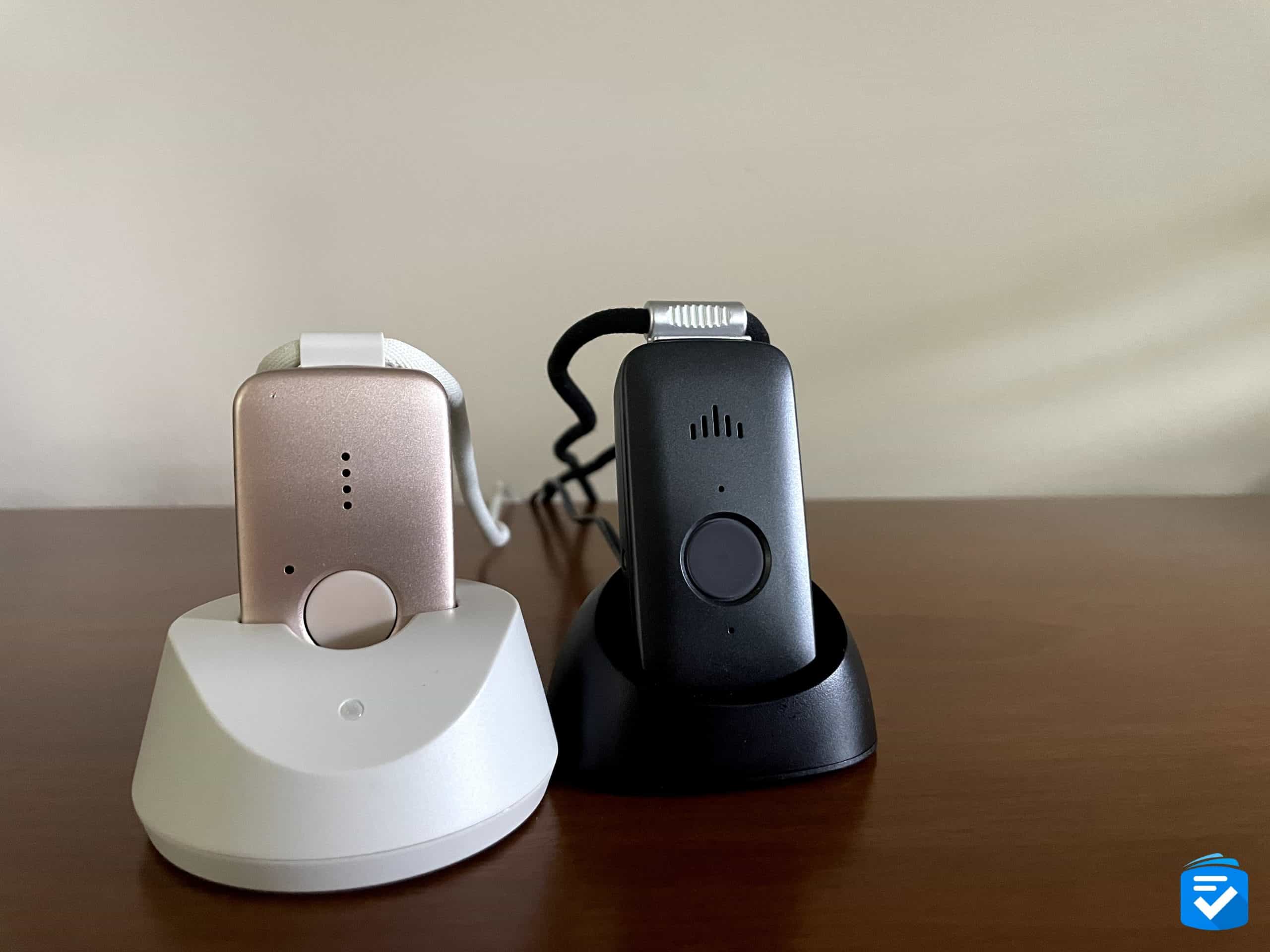
As you begin your search for the ideal medical alert system, keep in mind the following questions:
If you spend most of your time at home, a landline-based system may be sufficient, but if you are frequently out and about, a cellular system with GPS is more suitable.
If you already have a landline, you can use a traditional system, but if not, a cellular system will be necessary.
You can wear the help button as a pendant around your neck or as a wristband, depending on what feels more comfortable.
The size of your home matters ensure the system’s range covers all rooms, especially if you live in a large house.
If you are prone to falls, choosing a system with automatic fall detection can provide extra safety.
If you live alone, one help button may be enough, but if you have a spouse or roommate, consider getting an additional button.
Decide whether you only need emergency monitoring or if you would prefer a system that also allows contact with loved ones.
Check if the system has automatic self-testing to ensure it always works properly.
Make sure the provider offers a return policy or refund option if you are not satisfied with the system.